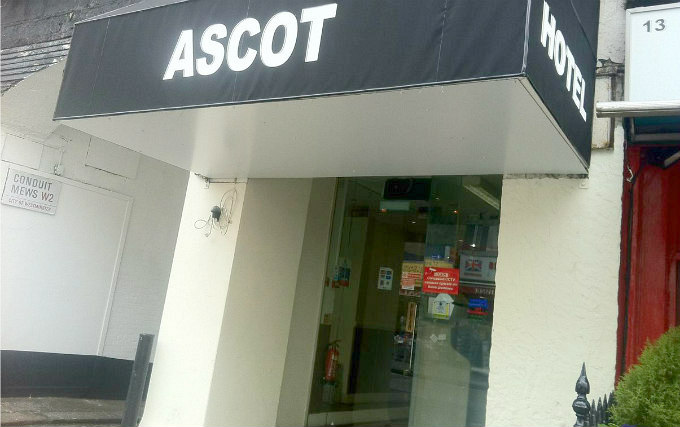

The terminus at Nine Elms was replaced on 11 July 1848 with a new station at Waterloo, originally named Waterloo Bridge. This branch line started at what is now Clapham Junction, although the station itself did not open until 2 March 1863. As the L&SWR continued extending its railway towards Southampton, the first branch was opened by the Richmond and West End Railway (R&WER) to Richmond on 27 July 1846.

The London and Southampton Railway opened the first stretch of railway between Nine Elms and Woking Common on, and renamed itself as the London and South Western Railway (L&SWR) one month later. To ease over-crowding, a roll-out is underway of 8-car trains being extended to 10 coaches and there have been calls to change the service patterns to provide some additional and faster services, cutting out some of the intermediate stops. The line is predominantly used for commuter traffic into London with most of the traffic being generated by intermediate stations. The line also sees some freight services and special charters, which use the connecting line at Reading to join the Great Western Main Line or the Chertsey Loop/Branch Line to connect to the South West Main Line.ĭue to the large swathes of suburbs served along the line and the drop from four to two tracks west of Barnes, services between Reading and London Waterloo are relatively slow compared to the two fast tracks between Reading and London Paddington. At Wokingham, the line is synonymous with the west end of the North Downs Line leading into Reading, to terminate in platforms 4, 5 and 6. At Virginia Water, the Chertsey Branch Line provides another connection to the South West Main Line whilst at Ascot, the Ascot–Guildford line heads southwards towards Aldershot and Farnham. At Staines, the original route carries onto Windsor, whilst the 1853 route to Reading diverges to run via Egham. Within Greater London, the Hounslow Loop Line diverges at Barnes and reconnects again near Feltham, whilst the Kingston Loop Line diverges at Twickenham to join up with the South West Main Line at New Malden.

After leaving Waterloo, the line runs parallel to the South West Main Line before diverging at Clapham Junction and heading westwards. All of the branches and connecting lines have direct services into a dedicated group of platforms at Waterloo, so most of the services using the line do not run the whole length of the line. The Waterloo–Reading line is the core of a group of lines and branches heading generally westwards from Waterloo, providing predominantly passenger services into London. Its passenger operation is by South Western Railway (SWR), which also manage its stations. The line runs west through a series of South West London suburbs to Reading, in central Berkshire. The Waterloo–Reading line is a National Rail electric railway line between London Waterloo and Reading.


 0 kommentar(er)
0 kommentar(er)
